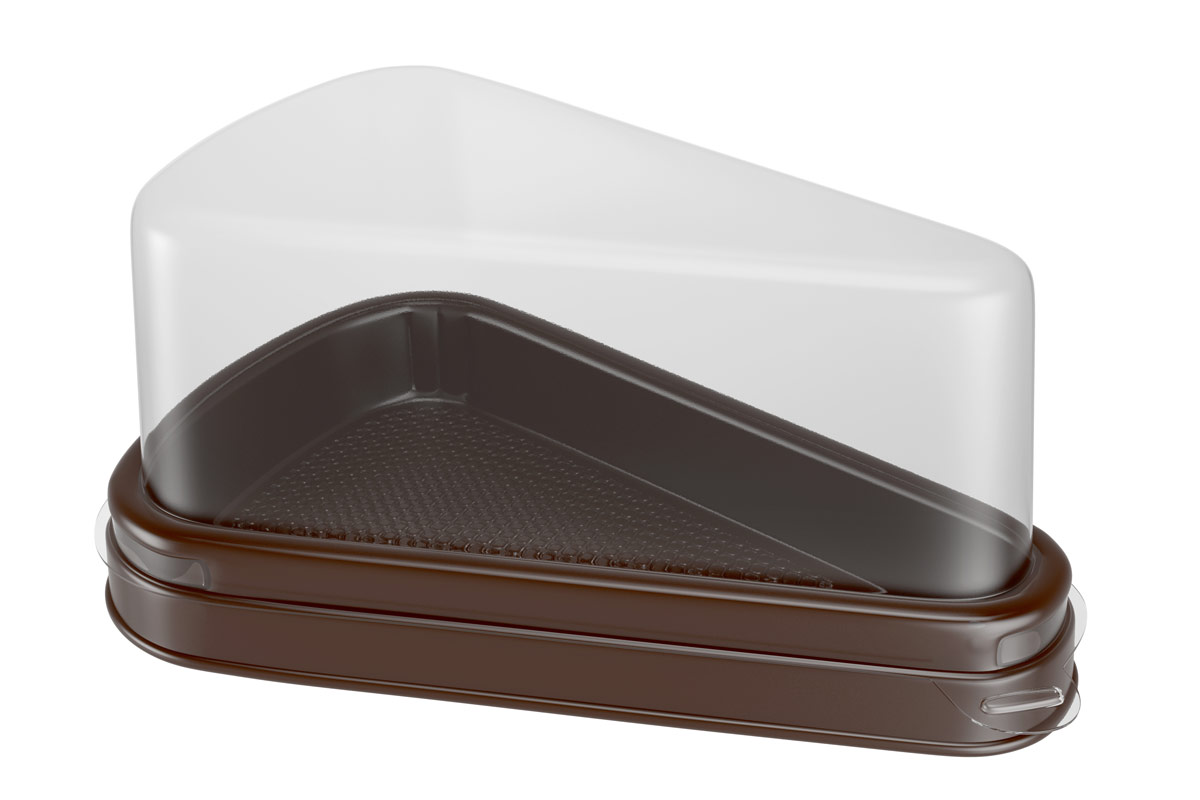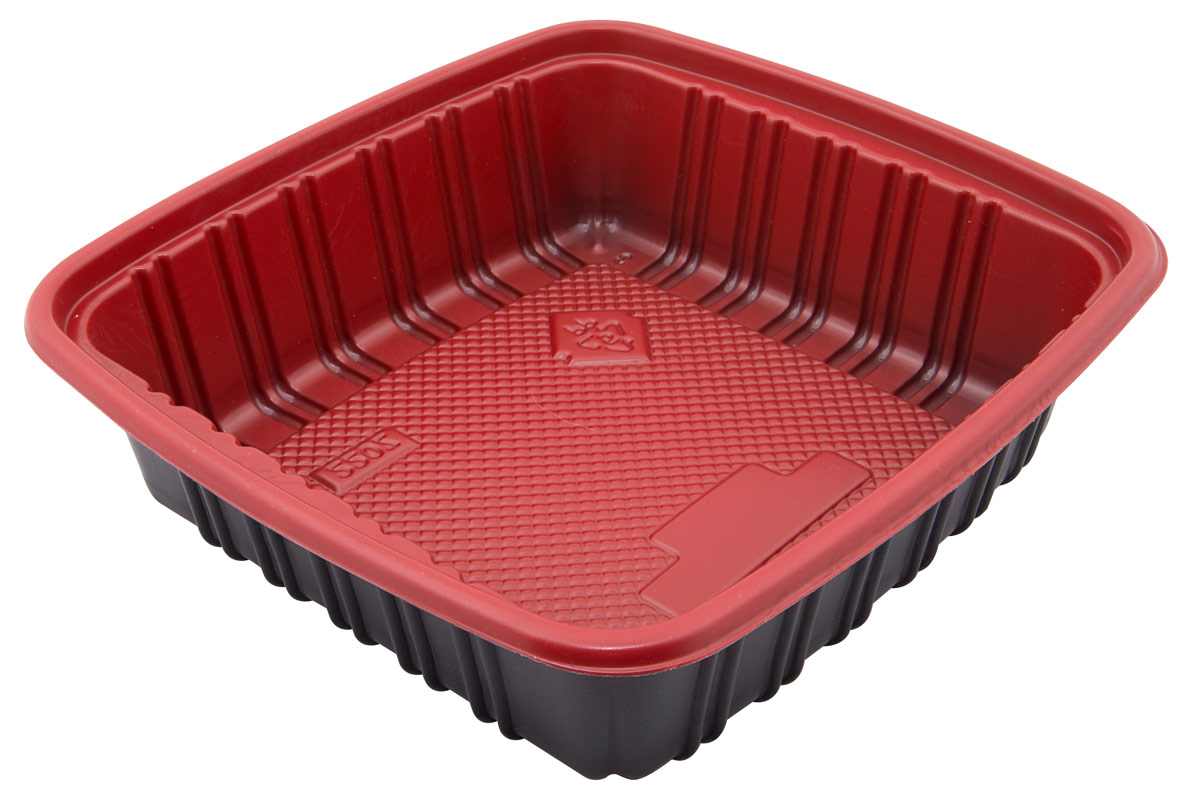Pressure forming involves forcing a hot plastic sheet against mold by introducing compressed air to the sheet's outer side. USK Balaji, the leading pressure forming manufacturer, recommends pressure forming when your custom plastic enclosure requires sharp features that cannot be achieved by vacuum forming alone. Pressure forming is a process where forming grade plastic is molten into the required shape using a combination of pressure & vacuum. Usually, the die used in pressure forming is generally female, this makes it concave. Compressed air is the main force used to push the material to the back of the heated sheet so as to enable the forming of the plastic into the mold.
We have imported high speed 4 station pressure forming machines. i.e. 1) Forming 2) Punching 3) Cutting & 4) Stacking stations. These machines have a large bed size enabling high quantity output. The punching stations enable precision euro cut & capabilities of producing the ever-growing requirements of punnets. Pressure Forming is a lucrative alternative to injection molding in case of large quantities of products that need to be created. There is a huge difference in the mold cost as there is less work on tools making it cost-effective. All of this is done without compromising on quality one bit, pressure forming is capable of creating the same detail and quality as injection molding. The cost per piece of a pressure-formed article is way lower than that of an injection molded article. The ability to produce larger quantities in a given time is higher in pressure forming in comparison to Injection molding. The use of higher air pressure makes it possible to achieve undercuts when necessary. It also has a short lead time, still allowing the creation of textured surfaces, products in a wide range of colors. The end result of pressure forming is an object with the same level of quality as one that has been created through injection molding or structural foam molding, keeping the benefits intact.
Injection molding of containers is recommended while pouring hot liquids like curries, jellies, etc to prevent de-shaping of the containers. For all other applications pressure forming is a clear winner.

Vacuum forming is a process of converting Plastic film into articles of different shapes as per the mold construction with the process only using the vacuum. In this process, any plastic film ie. ( PVC, PET, HIPS, HIPGP) is heated to the desired temperature and the material is converted into a semi-molten form which then automatically moves to the next station through the chain block Where it is clamped with the mold & the material takes the shape of the mold with help of vacuum & chilling process. In the next station, these formed articles are then cut in a rule die into the desired shape scraping off the excess.
The basic advantage of pressure forming over other types of forming is its ability to produce sharper edges on forming without thinning the tray. This ensures even distribution of material which keeps the tray in a perfect desired shape. Keeping the amount of detail intact replicating the mold design. Therefore, pressure forming is more effective than vacuum forming for projects requiring more attention to detail. This is possible because pressure forming has the capability of creating up to Six times as much pressure as any conventional vacuum forming. Pressure forming thus eliminates problems of cold flow, excessive thinning, or various other problems associated with vacuum forming.
USK Balaji Plast PVT LTD is India’s leading Thermoformed packaging manufacturing company, serving customers worldwide. USK Balaji Plast PVT LTD develops and manufactures a wide range of medical packaging and thermoformed products. We always work closely with our customers, supporting them with our wealth of experience.
The basic advantage of Pressure Forming over Thermoforming is the cost advantage for smaller production items. The mold cost for thermoforming is considerably higher in comparison to pressure forming thus for a lower quantity precision job the best suitable method used is pressure forming. Also, the stacker in a thermoforming machine is more expensive for odd shapes in comparison to the later.
Thermoforming can be used to produce attractive box inserts and interiors. The insert can be tailored to the shape of the product to be packed. This ensures a perfect presentation and protection of the product.

The process of pressure forming with in-mold cutting is called thermoforming. It’s the same process but as it has in-mold cutting the output increases. It also ensures shrinkages are controlled in material with low memory. Cutting of these materials when warm is easier & precise in comparison to cutting at the next station as in pressure forming. Apart from the high mold cost & requirement of huge production quantities thermoforming is a better & advanced process in comparison to pressure forming.
Pressure forming is used to create in a wide array of plastic products used for packaging of food trays, blisters, covers, internal parts, housings equipment, bezels, bases, and spare parts for use in business machines, electronics, computers and peripherals, bio-medical applications, and instruments.